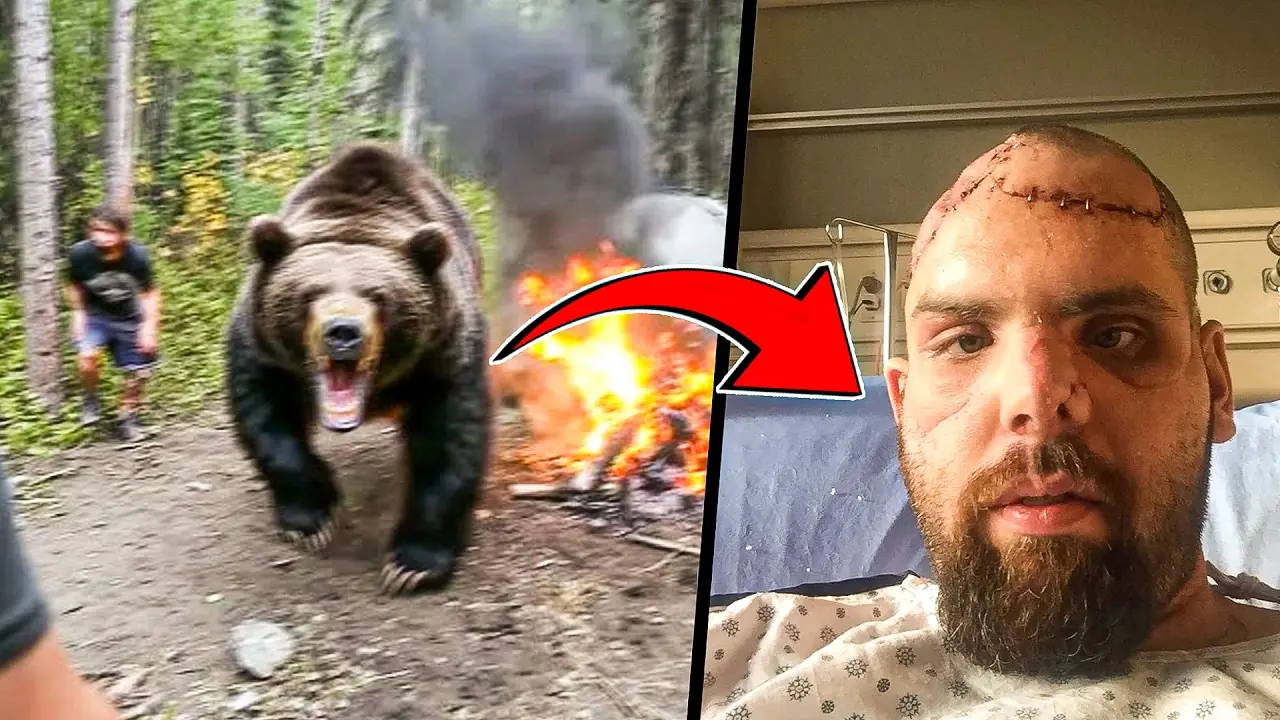
On 24 August 2017, Jeremy Evans, a maintenance supervisor, ventured into the dense forests of Alberta, Canada, armed with bear spray and a firearm, intending to hunt wild sheep. However, his trip took a horrifying turn when he encountered a bear cub, a clear sign that a protective mother was nearby.
Before he could react, a grizzly bear emerged and charged. In desperation, Jeremy threw his bicycle at the animal, briefly halting the attack. But the bear returned with renewed ferocity. Attempting to escape, Jeremy tried to climb a tree, but the bear caught him, dragging him down and launching a brutal assault.
The attack left Jeremy with catastrophic facial injuries. His left eye was dislodged, his jaw exposed, and large portions of his face were torn away. Despite the trauma and blood loss, he managed to crawl through the forest. Along the way, he discovered fragments of his own face—his moustache, beard, and ear—strewn across the ground.
Believing he was close to death, Jeremy used his blood-smeared phone to write final messages to his wife. He pleaded that whoever found the phone should inform her of his attempt to survive, and he confessed he was on the verge of losing consciousness.
Miraculously, Jeremy was rescued and survived the ordeal. His recovery involved five major surgeries and fifteen additional procedures. Physically scarred and emotionally traumatised, he was later diagnosed with Post-Traumatic Stress Disorder (PTSD). Years of therapy followed as he worked to overcome the psychological aftermath of the harrowing encounter.
Jeremy’s story is a chilling reminder of the unpredictability of nature and the resilience of the human spirit in the face of unimaginable terror.

